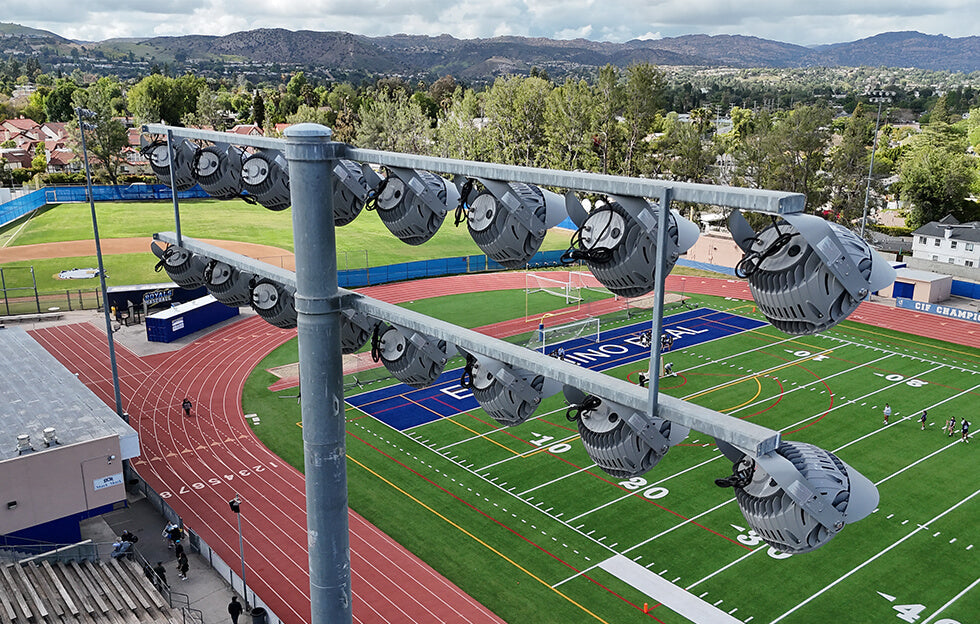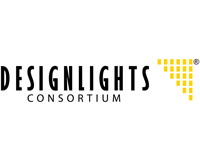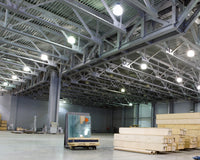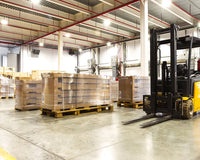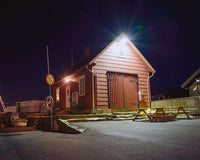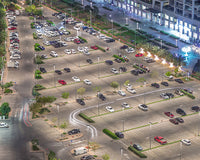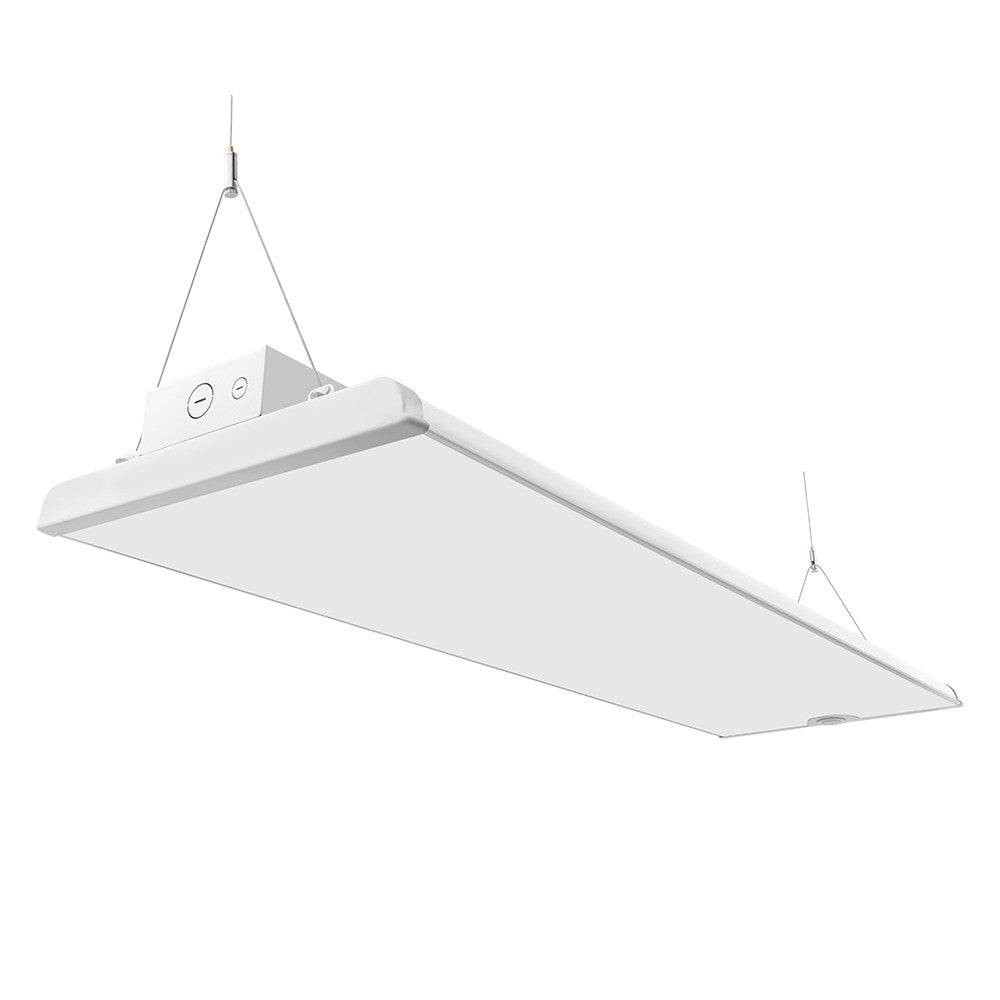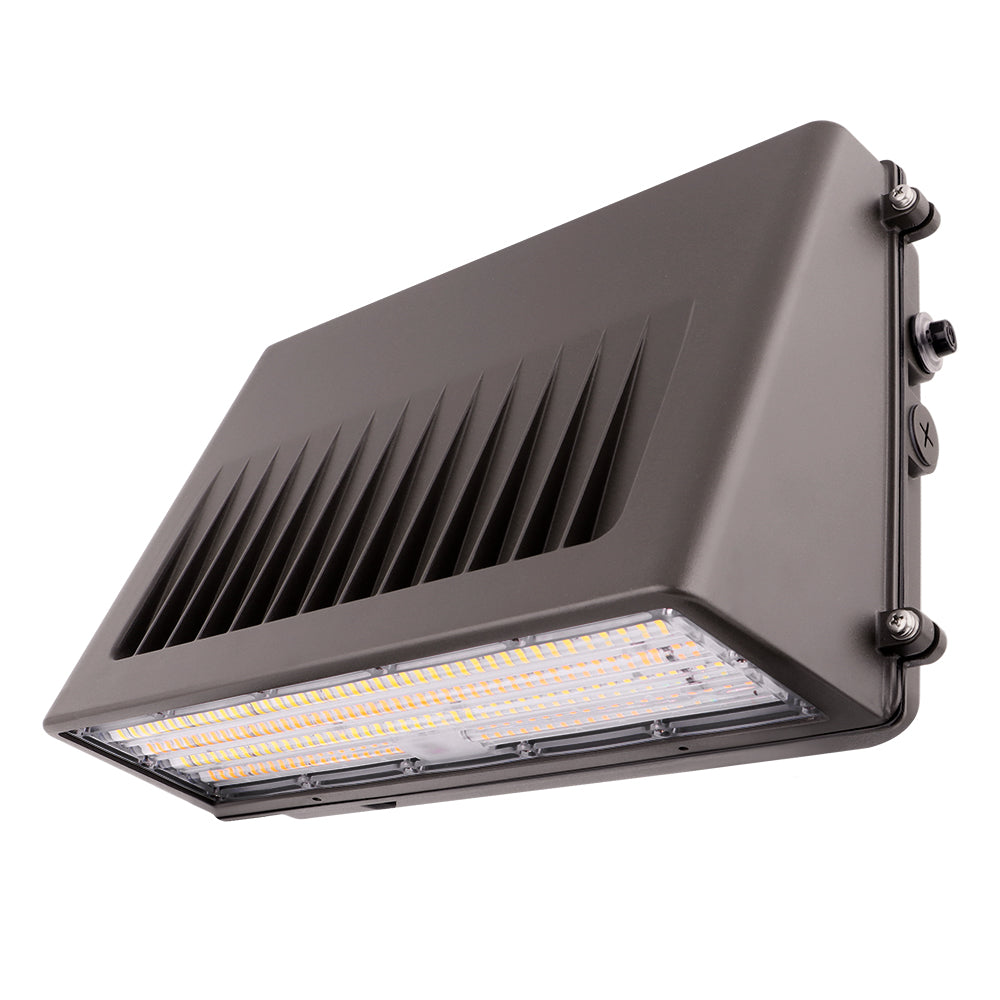Baseball field lighting is an essential component of any baseball game played after sunset. The lighting system must provide adequate illumination for players, officials, and spectators to enjoy the game safely and comfortably. Retrofitting your baseball field lighting with LED stadium lights can provide a number of benefits, including improved visibility, energy efficiency, and lower maintenance costs. Here are the steps you can follow to retrofit your baseball field lighting with LED stadium lights.
First of all, understanding lighting requirements for your Baseball Fields.
The lighting requirements for baseball fields are measured in foot-candles, which is a unit of measurement that describes the amount of light hitting a surface. The following are the lighting requirements for baseball fields:
- Outfield: The outfield requires the lowest level of illumination on a baseball field. A minimum of 15-30 foot-candles is recommended, with 30 foot-candles being the most common.
- Infield: The infield requires a higher level of illumination than the outfield due to the faster pace of play. A minimum of 30-50 foot-candles is recommended, with 50 foot-candles being the most common.
- Pitcher's Mound: The pitcher's mound requires the highest level of illumination on a baseball field. A minimum of 75-100 foot-candles is recommended, with 100 foot-candles being the most common.
- Batter's Box: The batter's box also requires a high level of illumination to ensure good visibility for the batter. A minimum of 50-70 foot-candles is recommended, with 70 foot-candles being the most common.
- Dugouts and Bullpens: Dugouts and bullpens do not require the same level of illumination as other areas of the field. A minimum of 10-15 foot-candles is recommended.
It's important to note that these foot-candle recommendations are general guidelines, and the actual lighting requirements for a baseball field may vary depending on several factors, including the size of the field, the level of play, and the type of lighting system used. Consulting with a professional lighting designer or engineer can help ensure that your baseball field lighting system meets the necessary requirements for your specific needs.
Secondly, understand the reason why you should choose LED Baseball Field Lighting.
LED baseball field lighting is rapidly becoming the preferred lighting solution for baseball fields over traditional lighting fixtures such as metal halide (MH) and high-pressure sodium (HPS) lights. Here are some reasons why LED baseball field lighting is gaining popularity:
- Energy Efficiency: LED lights are highly energy-efficient, consuming significantly less energy than traditional outdoor lighting fixtures. LED lights use up to 75% less energy than metal halide (MH) lights and up to 60% less energy than high-pressure sodium (HPS) lights. This means that using LED lights can significantly reduce energy bills and save money in the long run.
- Long Lifespan: LED lights have a significantly longer lifespan than traditional lighting fixtures. LED lights can last up to 50,000 hours, while metal halide (MH) lights last up to 20,000 hours, and high-pressure sodium (HPS) lights last up to 24,000 hours. This means that LED lights require less frequent replacements, reducing maintenance costs and downtime.
- Better Visibility: LED lights provide brighter and more uniform lighting than traditional lighting fixtures, resulting in better visibility for players and spectators. LED lights offer a high color rendering index (CRI), which means they produce light that closely resembles natural daylight, resulting in better contrast and color accuracy. This makes it easier for players to see the ball and make accurate plays.
- Instant On/Off: LED lights turn on and off instantly, unlike traditional lighting fixtures that require time to warm up and cool down. This means that LED lights can be turned on and off as needed, reducing energy waste and improving the flexibility of the lighting system.
- Reduced Light Pollution: LED lights have a more focused beam, which means that they produce less light pollution than traditional lighting fixtures. This is beneficial for the environment and can reduce the impact of light pollution on surrounding ecosystems.

Best LED Stadium Lighting fixtures and LED Sports Lights Available.
Konlite KVG Series LED stadium lights are high-performance lighting fixtures designed for illuminating large outdoor areas, such as sports fields, stadiums, and arenas. They are characterized by their high brightness, long lifespan, and energy efficiency, making them an ideal choice for both professional and recreational lighting applications.
Konlite KVG Series LED stadium lights are available in a variety of sizes and wattages, ranging from 500 watts to 850 watts, to suit different lighting requirements. They are designed to emit a bright, uniform light that covers a wide area, ensuring that every part of the field is well-lit. They use up to 80% less energy than traditional metal halide or high-pressure sodium lamps, which can result in significant cost savings on electricity bills. Additionally, they have a long lifespan of up to 100,000 hours, which means they require less frequent maintenance and replacement.
Konlite KVG Series LED stadium lights are also built to withstand harsh outdoor environments, with a rugged, weather-resistant housing that is designed to withstand exposure to rain, wind, and dust. They also have a high CRI (Color Rendering Index), which means that they accurately render colors, making them ideal for broadcasting and filming sports events.
How to retrofit Metal Hilde or High-Pressure Sodium (HPS) Baseball field lights with LED Stadium Lights?
- Assess your current lighting system: Before retrofitting your baseball field lighting, you need to assess your current lighting system to determine the number of fixtures, their location, and the type of lighting used. You also need to determine the lighting requirements for your baseball field based on the size of the field, the level of play, and the recommended lighting levels
- Choose LED stadium lights: Once you have assessed your current lighting system, you need to choose LED stadium lights that are suitable for your baseball field. LED lights come in different wattages, color temperatures, and beam angles, so you need to choose lights that provide the right amount of illumination and coverage for your field. RevolveLED lighting engineers are ready to work with you to plan and choose the right light fixtures. Simply click here to request a lighting layout design.

- Plan the installation: After you have chosen the LED stadium lights, you need to plan the installation. You should work with a professional electrician to plan the wiring and ensure that the new lights meet all electrical and safety requirements. You should also consider how the lights will be mounted and the best way to distribute them to achieve optimal lighting coverage.
- Remove old fixtures: Before you can install the new LED stadium lights, you need to remove the old fixtures. This may involve removing the old wiring and making any necessary changes to the electrical system.
- Install new fixtures: Once the old fixtures have been removed, you can install the new LED stadium lights. This may involve mounting the fixtures and wiring them to the electrical system. You should follow the manufacturer's instructions for installation to ensure that the lights are installed correctly.
- Test the new lighting system: After the new LED stadium lights have been installed, you should test the lighting system to ensure that it is working correctly. You should also check the lighting levels to ensure that they meet the recommended requirements for your baseball field.

It's important to note that retrofitting baseball field lights with LED stadium lights requires expertise and experience. It's recommended to work with a professional lighting designer or engineer to ensure the retrofit is done correctly and the new system meets the necessary requirements for your specific needs.


